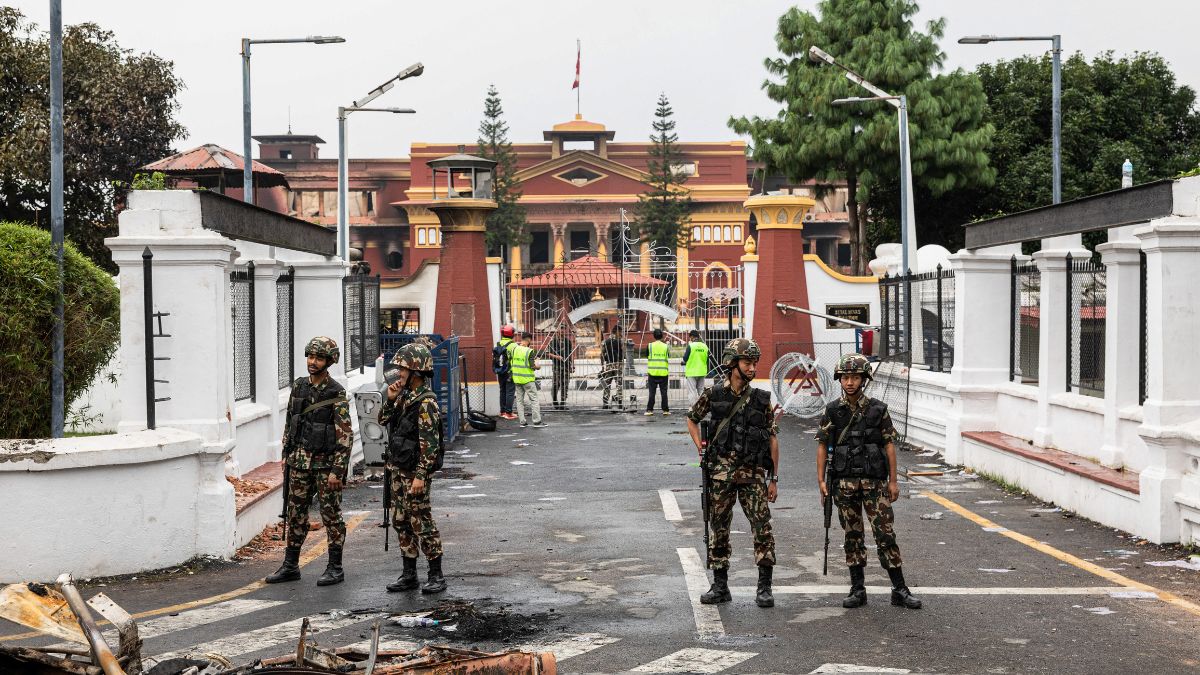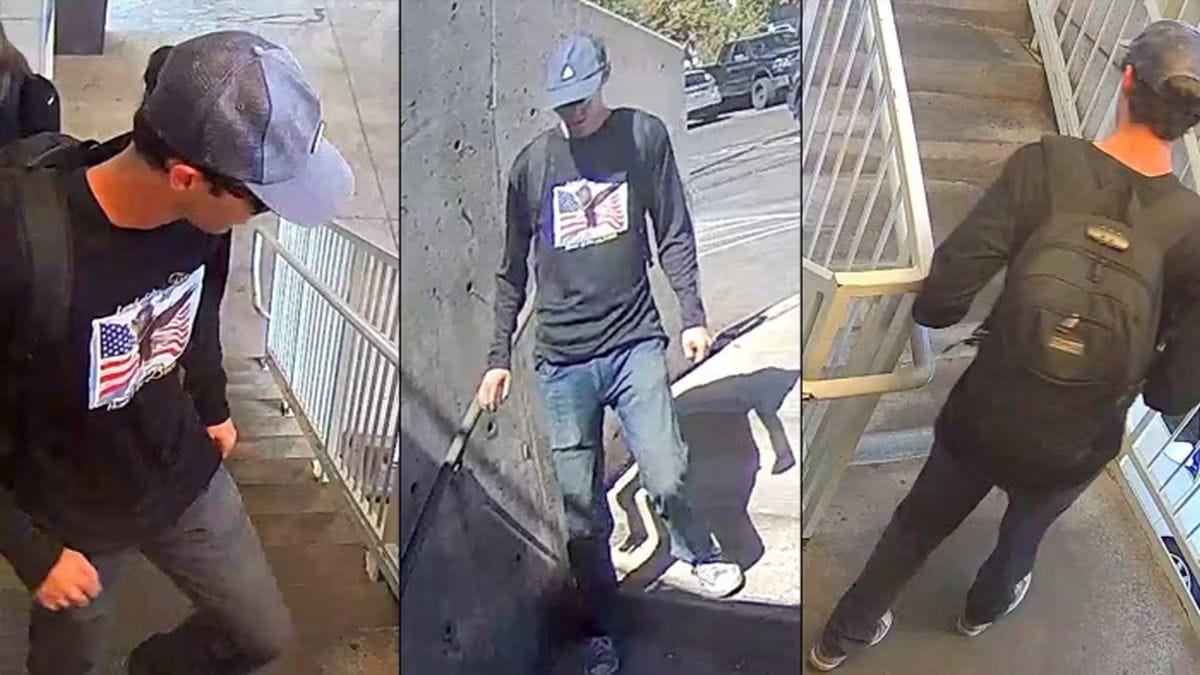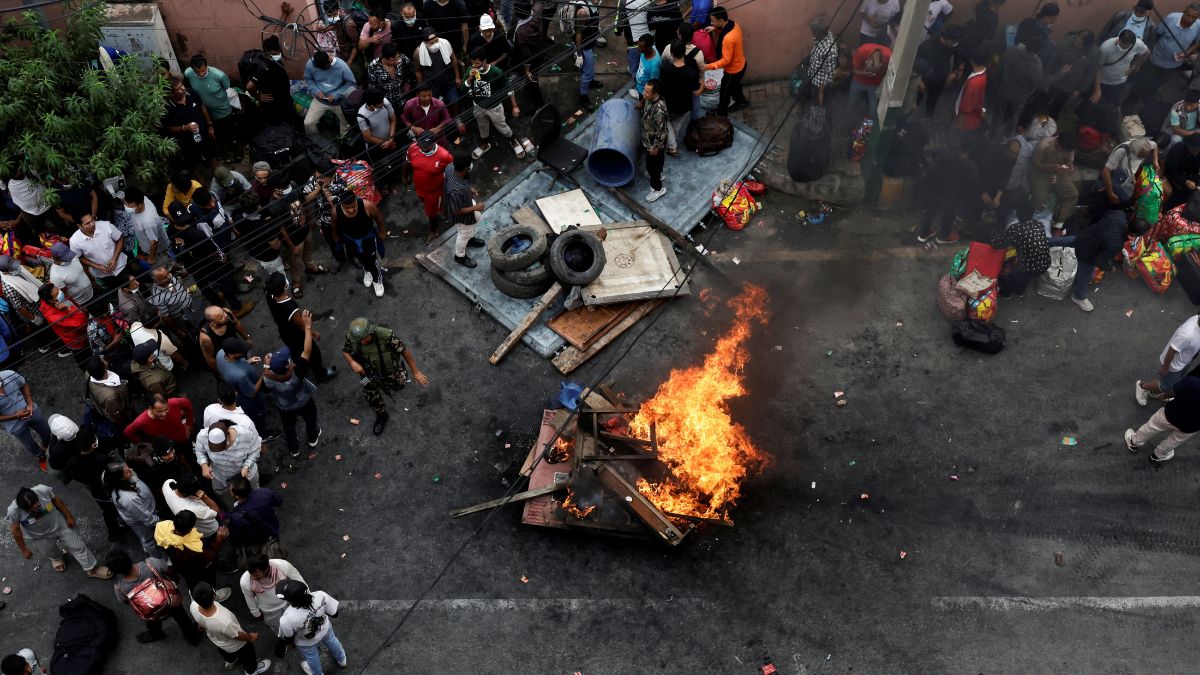Nepal saw a day of calm on Wednesday (September 10) following two days of deadly protests. The Nepal Army has deployed patrols on the streets of the capital Kathmandu and other major cities after protests by the youth over corruption and social media ban turned violent.
At least 19 people were killed and hundreds of others were injured as police opened fire on protesters on Monday (September 8). The next day, protesters gathered in front of Parliament and other places in Nepal’s capital. The deadly protests prompted KP Sharma Oli to resign as the country’s prime minister.
Despite his stepping down, some angry protesters stormed and torched the Nepalese parliament, set fire to government buildings – including the Singha Durbar complex, which houses the Nepali PM’s office – and vandalised politicians’ homes.
As Nepal plunges into political chaos, what do the protesters want?
Let’s take a closer look.
Nepal rocked by deadly protests
Nepal’s Gen Z took to the streets this week after the government banned social media platforms, which was later lifted.
Protests against corruption, nepotism and a lack of economic opportunities erupted across several cities in Nepal this week.
The demonstrations have resulted in the toppling of the Oli government. A nationwide curfew has been imposed until Thursday morning.
After arson and violence on Wednesday, calm returned to the streets of Nepal today, as per reports.
The Nepal Army has warned to punish anyone involved in violence and vandalism. It imposed restrictions in several cities, including Kathmandu, Lalitpur, and Bhaktapur, citing concern over groups causing “severe damage to ordinary citizens and public property.”
Impact Shorts
More ShortsAuthorities have asked residents to remain indoors unless “absolutely necessary”.
As per BBC, the “Gen Z” groups leading the protests have distanced themselves from the violence, claiming the movement has been “hijacked by opportunist” infiltrators.
What are the demands?
The Gen Z protesters in Nepal are demanding reforms.
“The PM of our country, KP Sharma Oli, ran away. We demand a good leader. We want new rules and regulations in the country, so youth can have more opportunities,” a protester named Subhash told ANI.
He said they want “change” and “freedom from corruption.”
#WATCH | Kathmandu: Subhash, a protester in Nepal, "The Gen-Z wants regulation, it wants freedom from corruption. We want change. So, we were protesting. We wanted to beat him (former PM K.P. Sharma Oli) up, but he has left for somewhere. He has left the country and run away. We… pic.twitter.com/lHfpH2pQBB
— ANI (@ANI) September 10, 2025
The main demands of the Gen Z protesters include the dissolution of the House of Representatives, which they say has lost the public trust, and an executive leadership elected directly, reported India Today.
They also want the Constitution to be amended or rewritten with active participation from citizens, experts, and youth.
As per News18, the Gen Z protesters are also calling for the establishment of an interim government led by a leader recommended by them. They want fresh elections to be conducted under the interim government’s supervision.
The demands also entail the investigation into assets “looted” by politicians over the past three decades, while they want illegal properties to be nationalised.
The protesters are asking for structural reforms in fundamental institutions: education, health, justice, security, and communications.
The organisers of the Gen Z-led movement have promised special programmes to combat unemployment, curb migration, and address social injustice.
“This movement is not for any party or individual but for the entire generation and the nation’s future. Peace is essential, but it is possible only on the foundation of a new political system,” a statement by the protesters said, as per India Today.
The Gen-Z group held a virtual meeting on Wednesday to prepare its agenda, member Anil Baniya told Khabarhub.
He said that around 300–400 participants joined the online session.
“We are meeting virtually to finalise our agenda. All members will discuss and come up with a strong, unified plan,” Baniya said.
The group, which has actively organised protests and discussions in recent days, organised a virtual meet aimed at coordinating their next steps.
With inputs from agencies


)

)
)
)
)
)
)
)
)



